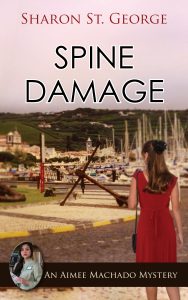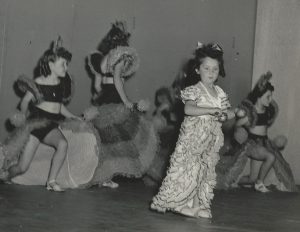As a fiction writer, it always surprises me when people say they don’t read fiction because it isn’t real. They read only nonfiction, because they’re more interested in facts.
After hearing yet another nonfiction reader express that notion, I found myself thinking of the many interesting facts I’ve learned by writing fiction, and in particular, researching my mystery series featuring a health sciences librarian.
Librarians are trained researchers. If they’re curious, they look things up. I’d like to share some of the notable facts I’ve come across while my protagonist searched for the solutions to mysteries in the first four books in the Aimee Machado Mystery series.
To keep the list brief, I’ll offer only a small sampling from each book, serving them up one book at a time.
QUESTION ONE:
How many professional journalists are killed in the line of duty within a given year?
FACT: Thirty-four journalists have been killed so far in 2017. The deadliest countries are:
1 – Iraq 8
2 – Syria 7
3 – Mexico 5
4 – Yemen 2
5 – Somalia 2
6 – Russia 2
7 – Afghanistan 1
8 – South Sudan 1
9 – Philippines 1
BOOK ONE – QUESTION TWO:
How much does it cost to have a pet preserved cryogenically?

FACT: According to the website of one pet cloning and cryogenics company, the cost of cryopreserving a cat is $5,800. For a dog, cryopreservation cost is $5,800 up to fifteen pounds in weight plus $150 per pound for every pound above fifteen. For a pet bird of typical size, the charge is $1,000.
Disclaimer: While the cost is a fact, this author does not vouch for the legitimacy of the service being offered.
Visit www.sharonstgeorge.com again soon for facts I learned by writing Book Two of the Aimee Machado Mysteries.
The hospital-based Aimee Machado Mysteries, published by Camel Press, are available for purchase from Amazon, Barnes and Noble, and from your local bookstore in trade paperback and as ebooks.





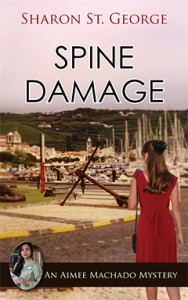
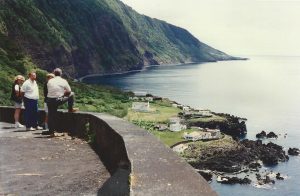 irst, I gave her parents who live half a world away on a mid-Atlantic island in the Azores. Something I was familiar with, because I’d been there.
irst, I gave her parents who live half a world away on a mid-Atlantic island in the Azores. Something I was familiar with, because I’d been there.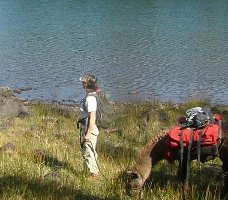 last, but far from least, my protagonist lives on a llama ranch owned by her other set of grandparents. Her home is a converted bunkhouse above their llama barn. Conveniently, it’s only a short drive to the hospital where she works. In the second book in my series, her experience with llamas gave her the opportunity to hike in the mountain wilderness near her home when tracking down a missing character.
last, but far from least, my protagonist lives on a llama ranch owned by her other set of grandparents. Her home is a converted bunkhouse above their llama barn. Conveniently, it’s only a short drive to the hospital where she works. In the second book in my series, her experience with llamas gave her the opportunity to hike in the mountain wilderness near her home when tracking down a missing character.